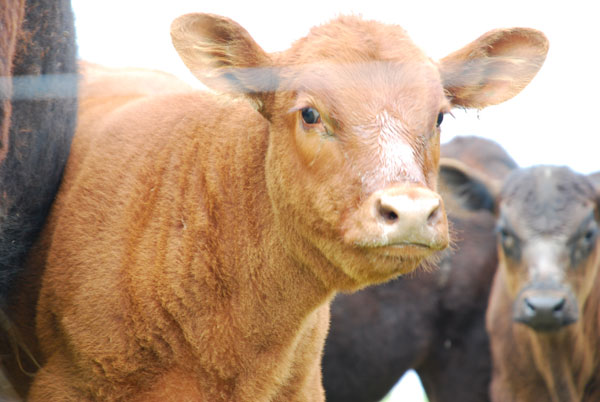COVID-19: 4 ideas to help weather a tumultuous 2020
How long will this coronavirus thing go on? And how can you prepare for what's next?
April 30, 2020

When will this all end and what should I do in the meantime?
Those are just two of a myriad of questions that beef producers are asking. The answer to the first one is nobody knows for sure. There will be at least several more months of this economic environment and it could easily stretch into 2021, according to the Livestock Marketing Information Center (LMIC).
And the second one? Prepare for price volatility. As conditions change, be ready to adjust marketing plans. It is especially important to communicate with family, partners, and financial institutions.
Given the unknowns in the COVID-19 environment in cattle country, what can we monitor for insight and planning purposes? LMIC offers four ideas to consider.
First, carefully monitor the operation’s forage situation. Importantly, take that to the next levels—looking at surrounding areas and states, and nationally.
Pasture conditions this year will be critical to regional and national marketing flows of calves and yearlings. USDA’s National Agricultural Statistics Service (NASS) will begin reporting weekly pasture and range condition updates soon (in the Monday Crop Progress report).
Many more animals are headed to spring and summer grazing programs than in recent years because of the drop in the number of animals being placed into feedlots, a trend that may continue for several months. Poor pasture and range conditions could cause bunches of cattle to move into the markets quickly. Further, more winter feed will be required if producers who typically don’t hold-over calves into the new calendar year, did so in 2020.
Second, follow the monthly national feedlot placement statistics by NASS, even if you are not feeding cattle. An eye on those results provides an indirect look at how cattle feeders are positioning (head they are buying and at what weights). It will be a measure of how many more animals are outside of feedlots (still on farms and ranches) than last year.
Third, this year, even solely forage-based operations need to keep an eye on feedstuffs, especially corn. Be aware of trends in soybean meal and in hay prices.
The two major drivers of calf and yearling price are fed animal prices and the cost of gain in a feedlot. Critical will be the number of corn acres planted in the Midwestern states.
Beginning with planting season, the markets will focus on spring and early summer growing conditions. Low feedstuff costs can become a supportive market factor for late summer and early fall yearling and calf prices. Drought will do the opposite.
Fourth, pay attention to the U.S. dairy sector. Is there potential for bursts in cow culling? Dairy producers are facing very challenging financial circumstances. One of their options is to cull cows. Depending on timing, this could cause already low prices to fall off a cliff. Milk prices and details of any Federal programs could be crucial.
Source: LMIC, which is solely responsible for the information provided and is wholly owned by the source. Informa Business Media and all its subsidiaries are not responsible for any of the content contained in this information asset.
You May Also Like



